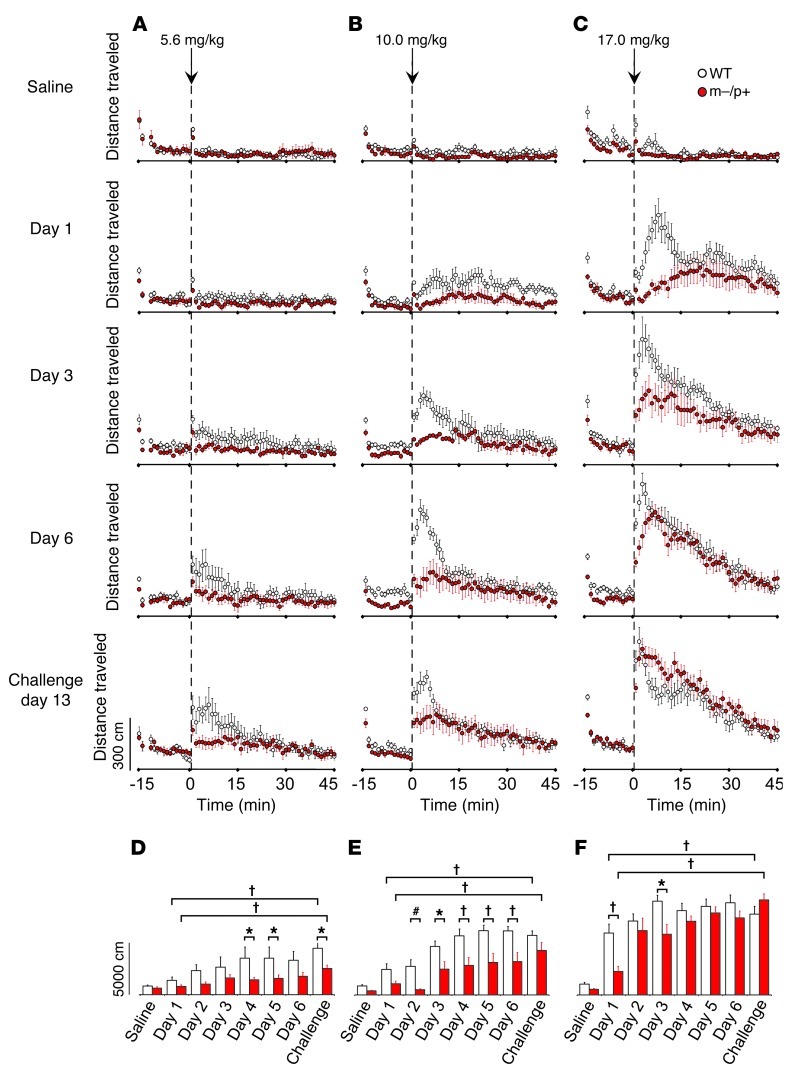Figure 3. Cocaine-stimulated locomotion is lower in Ube3am–/p+ mice.
Psychostimulant-induced locomotion in 3 separate groups of mice (12 WT and 12 Ube3am–/p+ mice per group) injected with 5.6, 10.0 or 17.0 mg/kg i.p. cocaine for 6 consecutive days and a final challenge dose 1 week later. (A–C) Distance traveled is binned in 1-minute increments. (D–F) The sum of the first 15 minutes following injection is plotted below each of their respective treatment groups. (D) A deficit in the locomotive response of Ube3am–/p+ mice emerges after 3 days of 5.6 mg/kg cocaine administration (P = 0.02; day 5, P = 0.031; challenge, P = 0.031) and (E) by the second day of 10.0 mg/kg cocaine (P = 0.009; day 3, P = 0.012; day 4–6, P < 0.001). (F) High-dose (17.0 mg/kg) cocaine elicits an attenuated response after the first administration in Ube3am–/p+ mice that is gone by the fourth day. (D–F) Cocaine-induced sensitization occurred at all 3 doses for both genotypes (day 1 vs. challenge, P < 0.001). Error bars indicate SEM. *P < 0.05; #P < 0.01; †P < 0.001.

